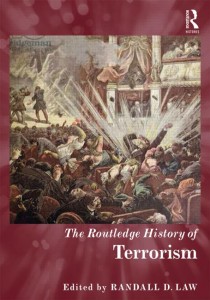The journal “Scholarship of Teaching and Learning in Psychology,” a new publication of the American Psychological Association, will publish a report of the results of Dr. Bjornsen’s study of student in-class cell phone use and it’s relation to test grades. Dr. Bjornsen collected daily reports of cell phone use from each student (except 1, who declined to participate) in each of his courses during the Fall 2013 and Spring 2014 semesters, and found that cell phone use was significantly and negatively related to test grades throughout the semesters, and the relation was significant after accounting for college GPA. The innovative aspect of the study was the collection of daily reports of cell phone use, which to Dr. Bjornsen’s knowledge has never before been done for a published study. All previous published studies relied on student self-report of average or typical cell phone use, and only a handful of studies had measured in-class cell phone use and compared it to academic achievement.
Filed under: Uncategorized | Leave a Comment »


